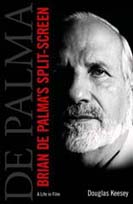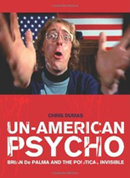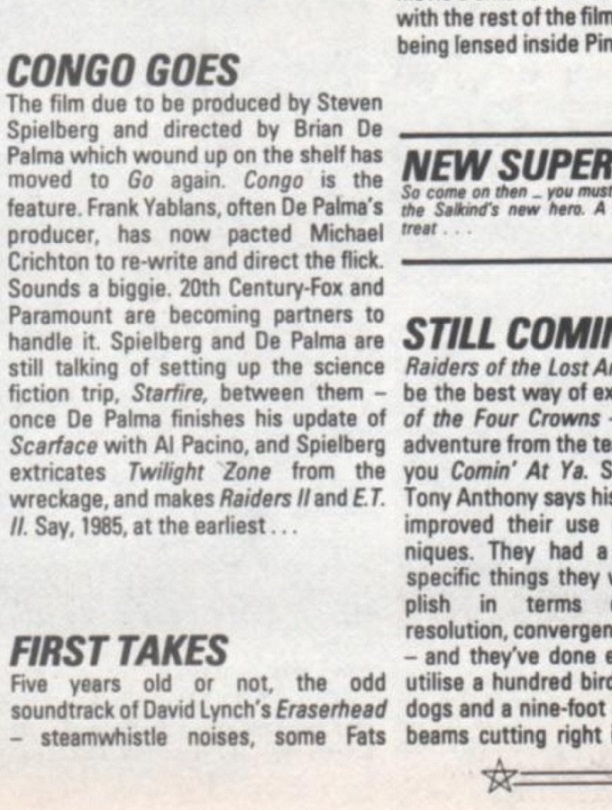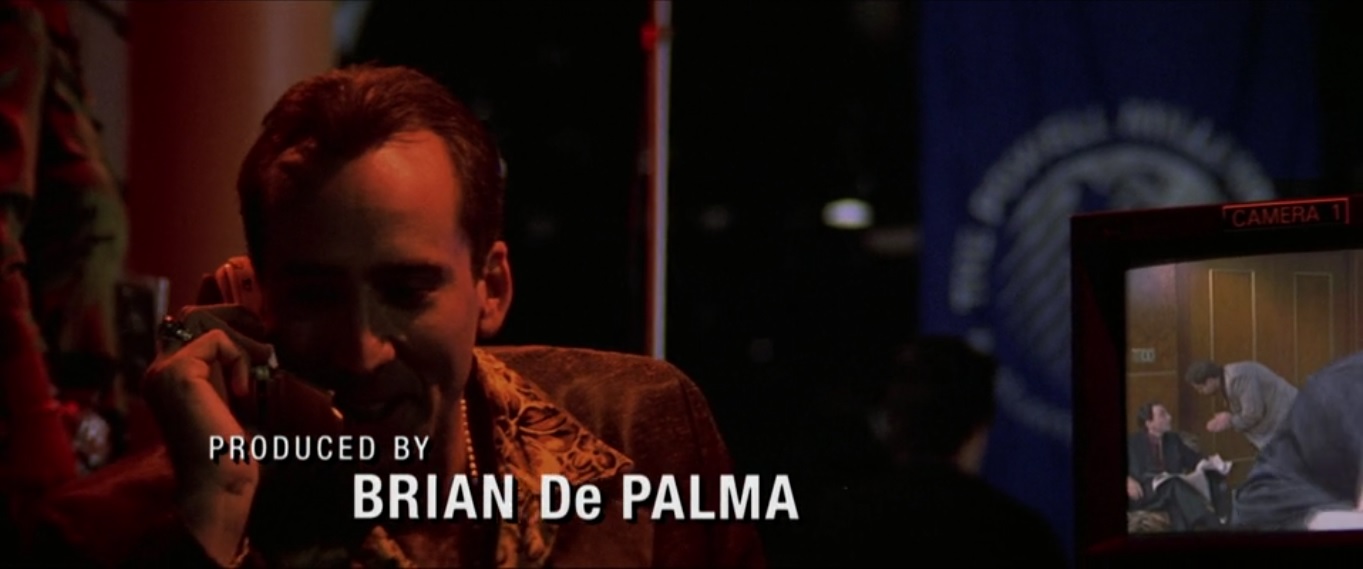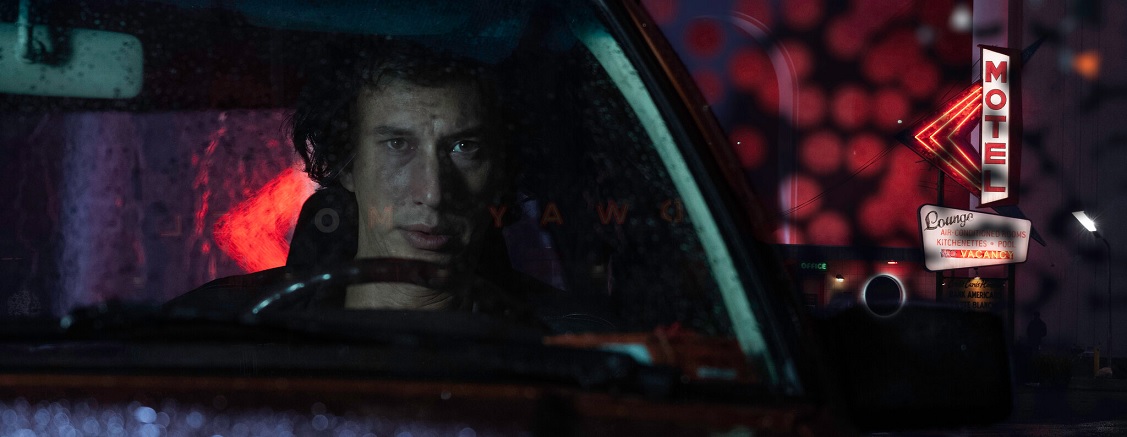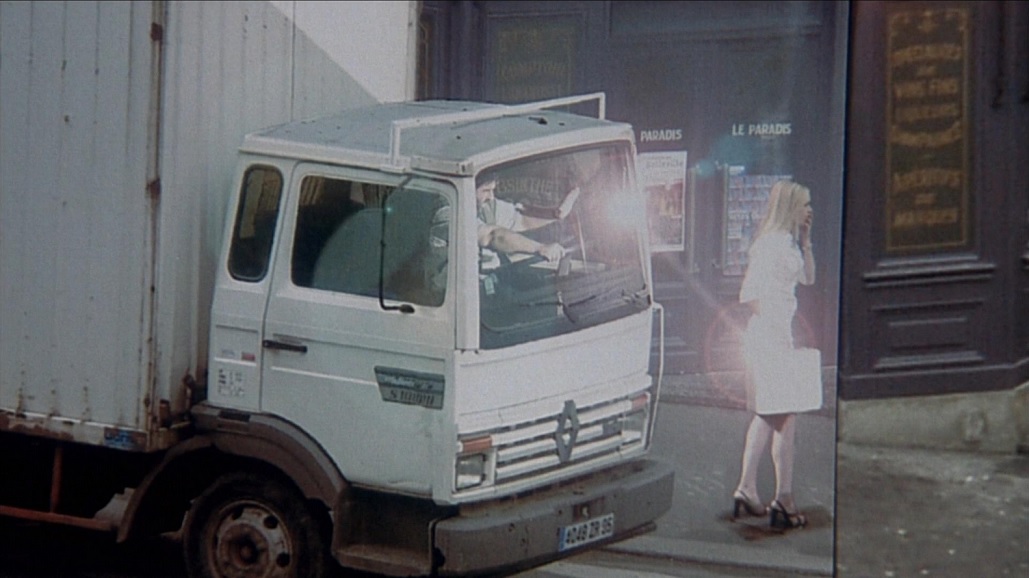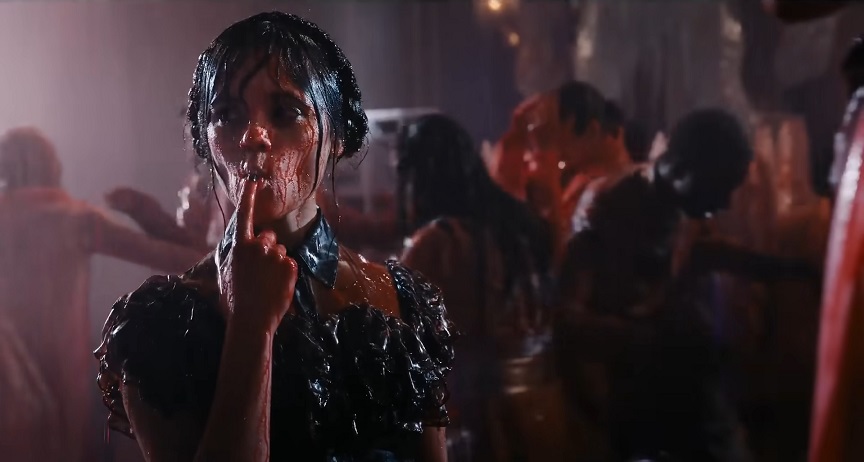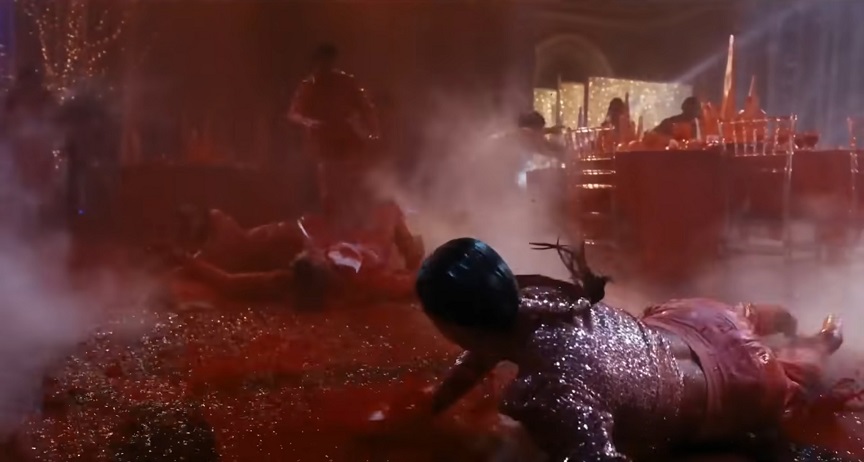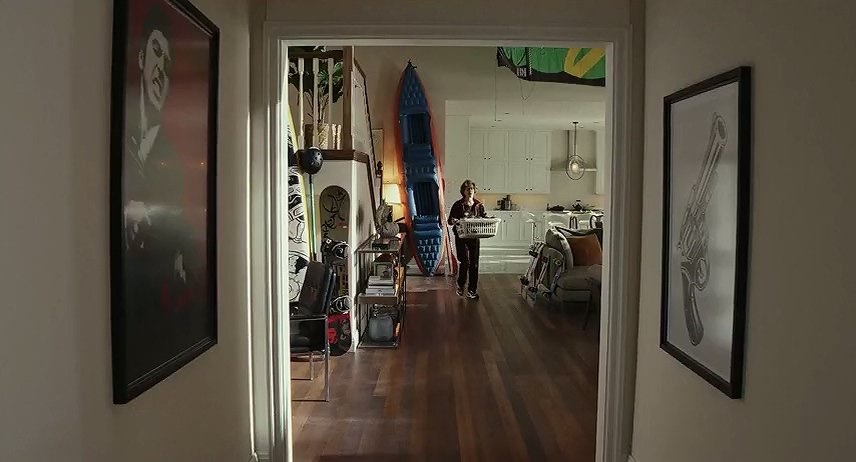HOST JOHN GASPARD POINTS OUT LINK BETWEEN OPENING SHOT OF 'CARRIE' WITH OPENING SHOT (POST-CREDITS) OF 'RAISING CAIN'
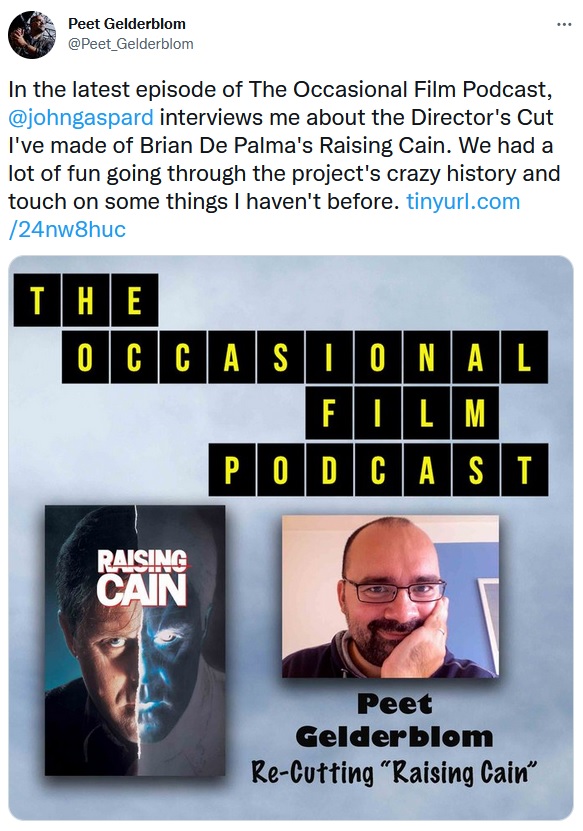
Peet Gelderblom is interviewed about his Re-cut of Raising Cain by John Gaspard on the newest episode of The Occasional Film Podcast. A transcript of the interview is conveniently provided on the same page. Gaspard makes an interesting link between the original version of Raising Cain and De Palma's Carrie:
Before chatting with you, I sat down and rewatched both versions and took notes to try to figure out what the order was. And what throws it off for me a little bit is the opening shot in the theatrical cut of the park from high up is very much a Brian DePalma opening shot, you know, very close to what he did in “Carrie.” Whereas, the opening shot in the clock store is not really a DePalma shot. It's a little mundane. It's a wide shot. It's interesting, you know that Jenny walks up and sees herself in the heart shaped camera and all that--Peet: It encapsulates the whole movie, but that's in a different way than the original did.
Yes, exactly. And then as I was going through—and I'm sure you ran into this, it's regardless of whether it's the re-cut or the theatrical one—it's a dream sequence with a flashback built into it. And so it isn't until you get out of the dream sequence that you realize, oh, that was a dream sequence. But then in your mind, you're going well, then, was the flashback real, or is that part of the dream?
And then they've added in narration as part of the flashback to help explain it, which I'm guessing was done in post. And so now they have a narration thing. So they have to keep that up. And then when they switch it around, when you did the version that was closer to what he wanted, it's still a bit wonky, regardless of whether you're chronological or not. And the audience has to go: okay, she's going to the hotel. Is this a dream? It must be a dream, because she's walking into the room and she doesn't have a key. That's the only clue, I think, that it's really a dream. And then obviously it's a dream, because she's killed and wakes up. And then you have the repeat of the thing with the gift and all that.
So, regardless of the order of everything before, that whole section, I think is always going to throw an audience off.
Peet: You're right, but the wonkiness, if you call it that, it is intentional. What he wanted to do, and he has stated this in interviews is, you know, normally with kind of police mystery, there is something going on and you don't know quite what. And then the detectives, they start to ask around. And you slowly assemble information, and it becomes clearer and clearer what actually has happened. And he really wanted this time to fuck with his audience, of course, because that's what Brian DePalma does. And he said, what if all the information the audience is getting is either a dream, it has never happened? Or they don't know if it's happened. Or, you know, it's an unreliable narrator. That was actually the game.
And he's so good at that.
Peet: He's really good at it, but of course you also need to get the audience so far that they're willing to go with you. Because it's a very manipulative way of telling a story. And some people don't like that. So, that's a very thin line that he was walking.
And I think in the editing, he got cold feet. He thought, well, maybe I went a little too far here, and maybe I should do it a little differently, help them out and make everything chronological, and it may have fixed some things. But it created other big problems. The flow isn't really right. It wasn't how he originally imagined it.

